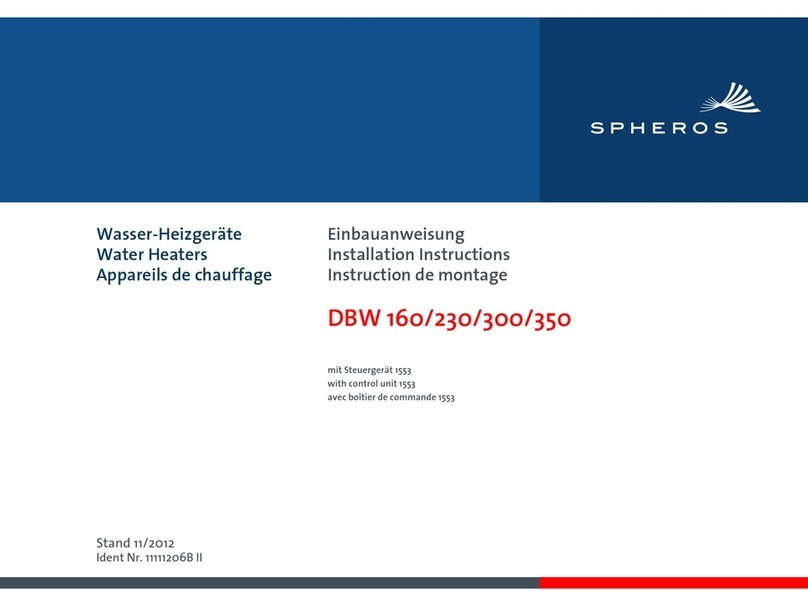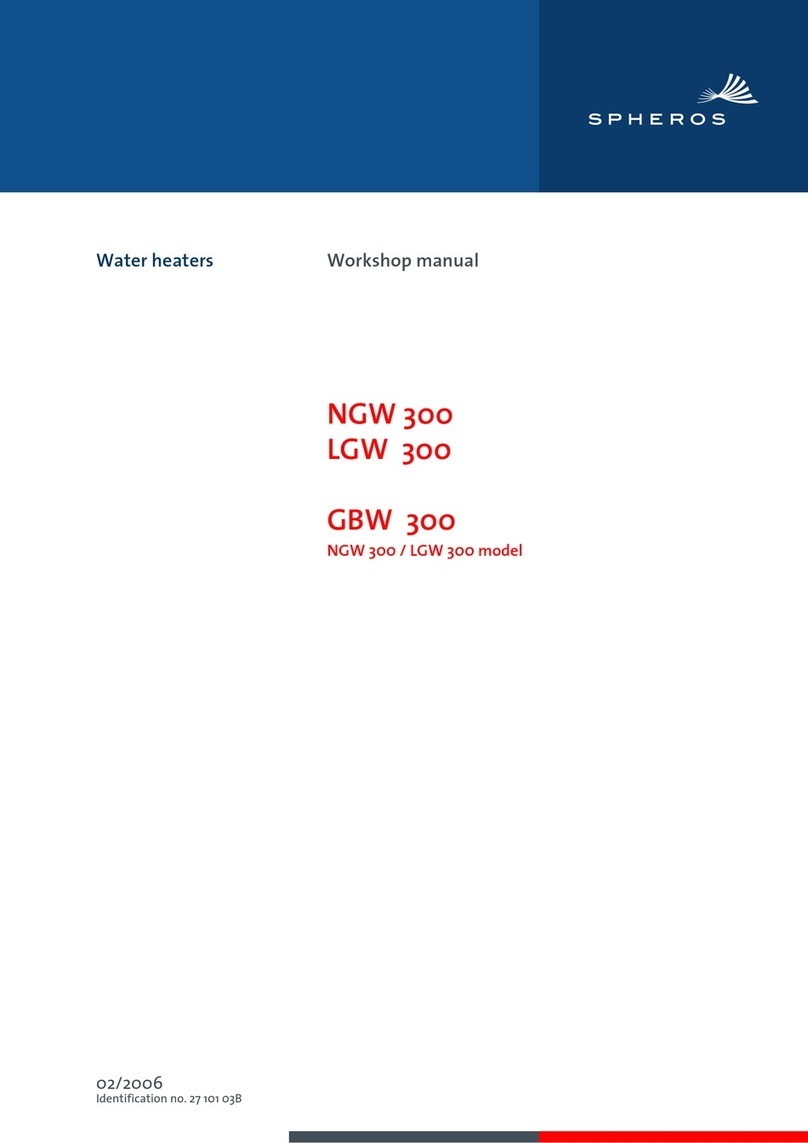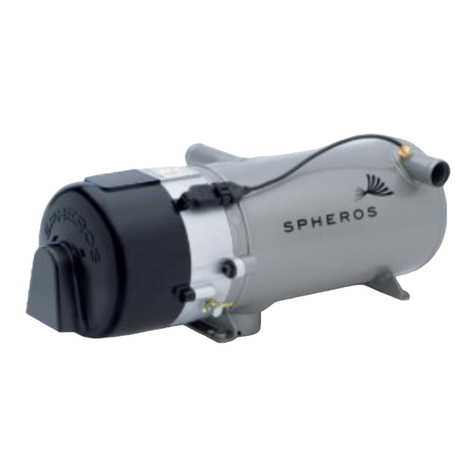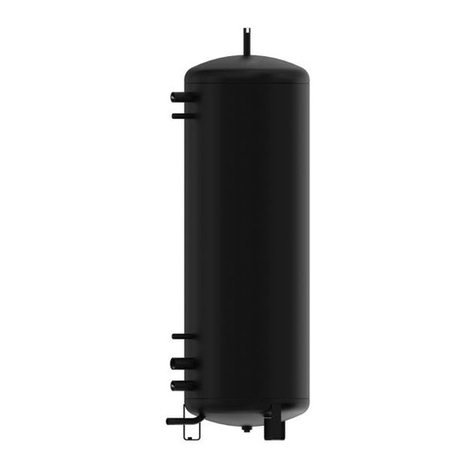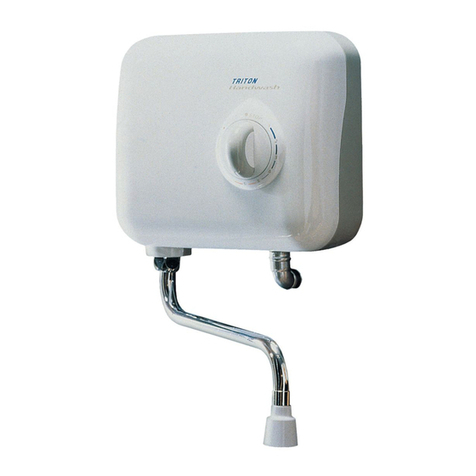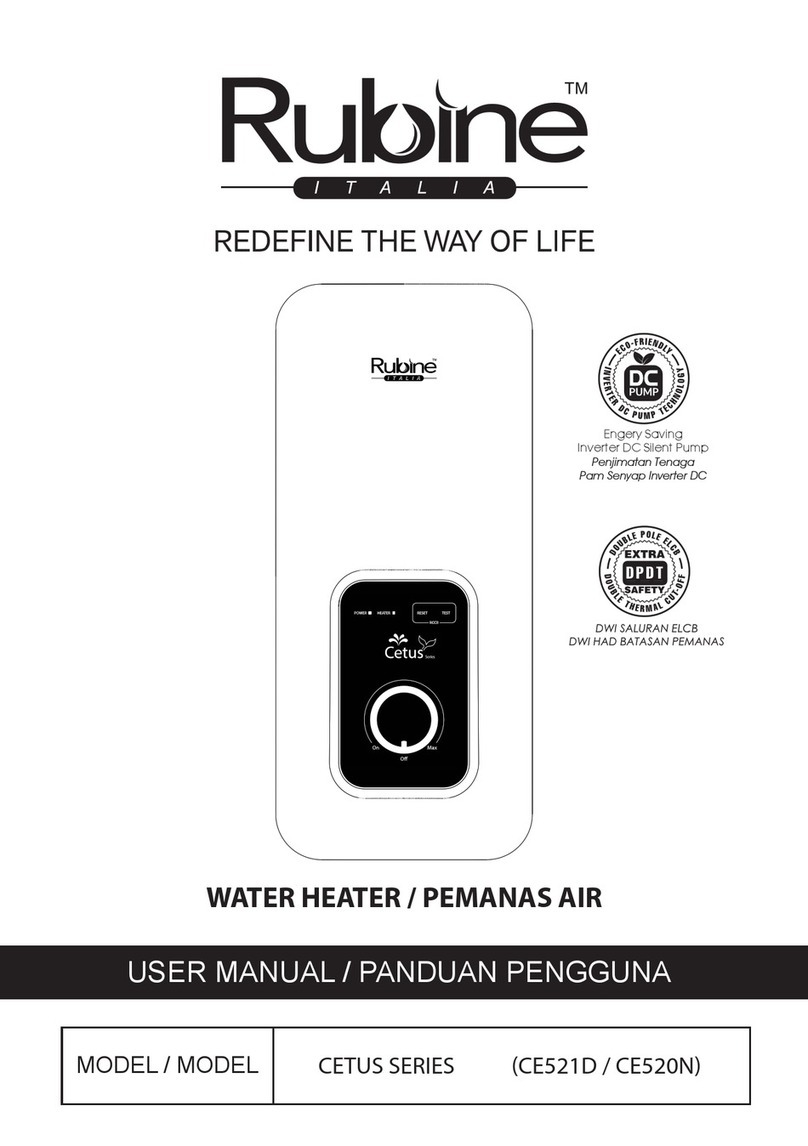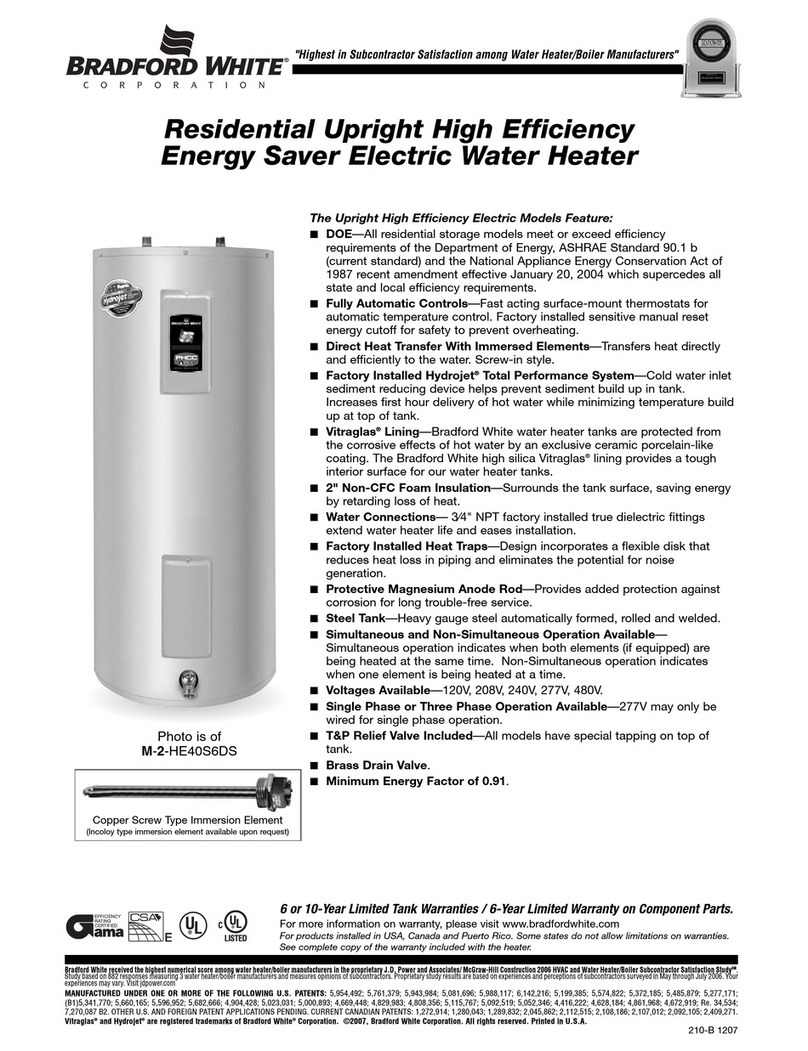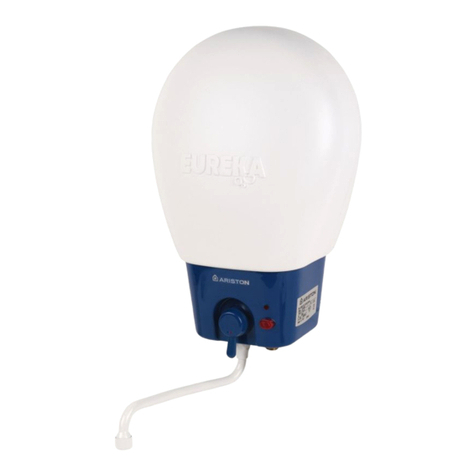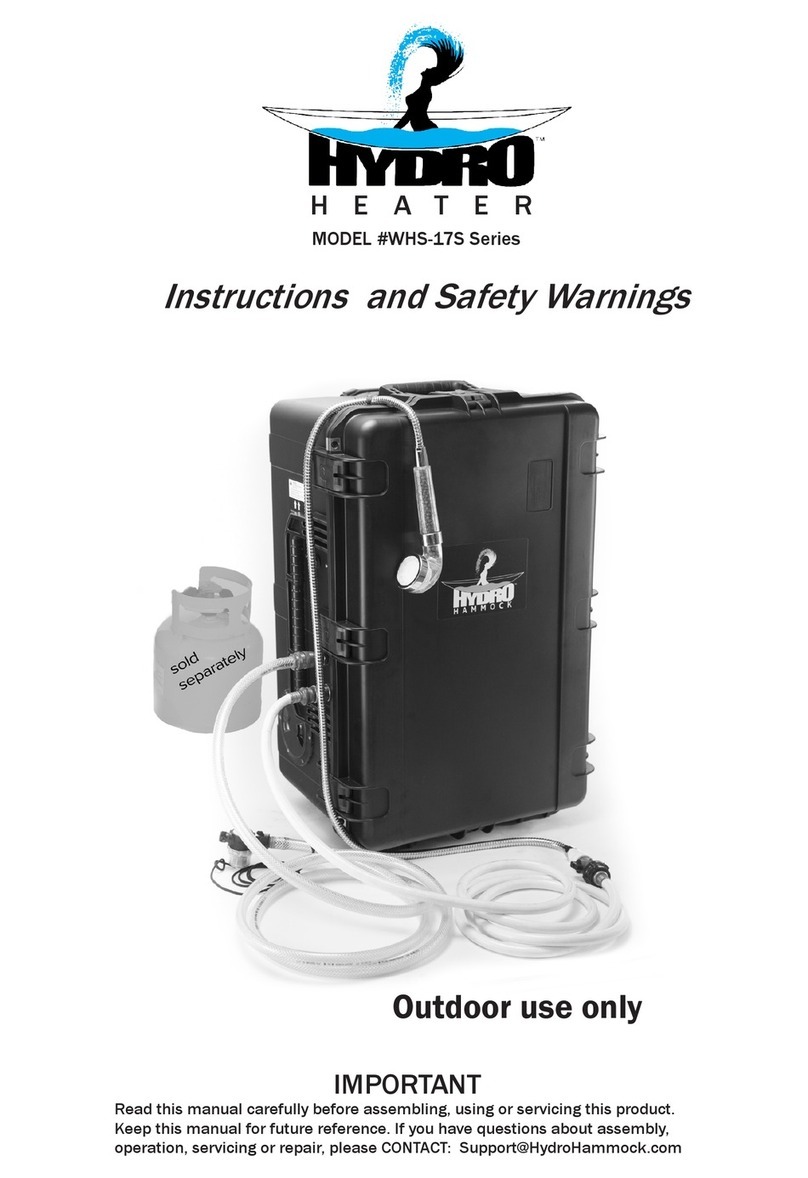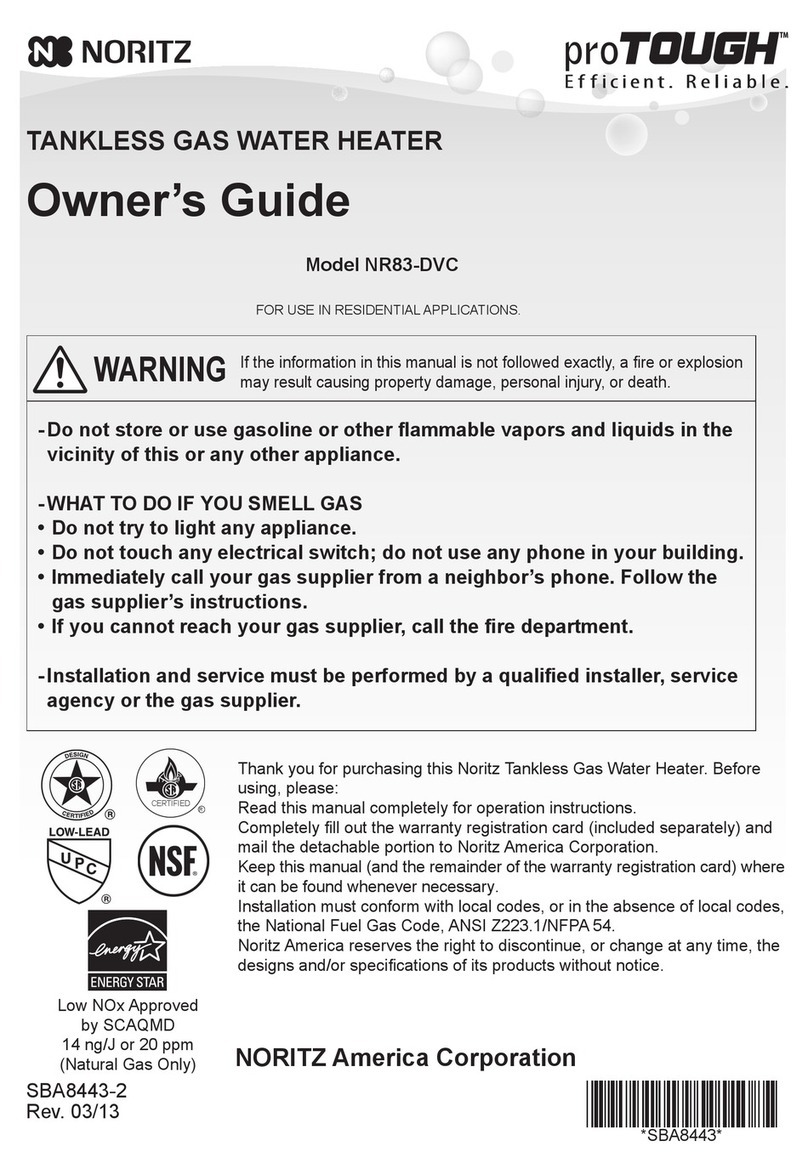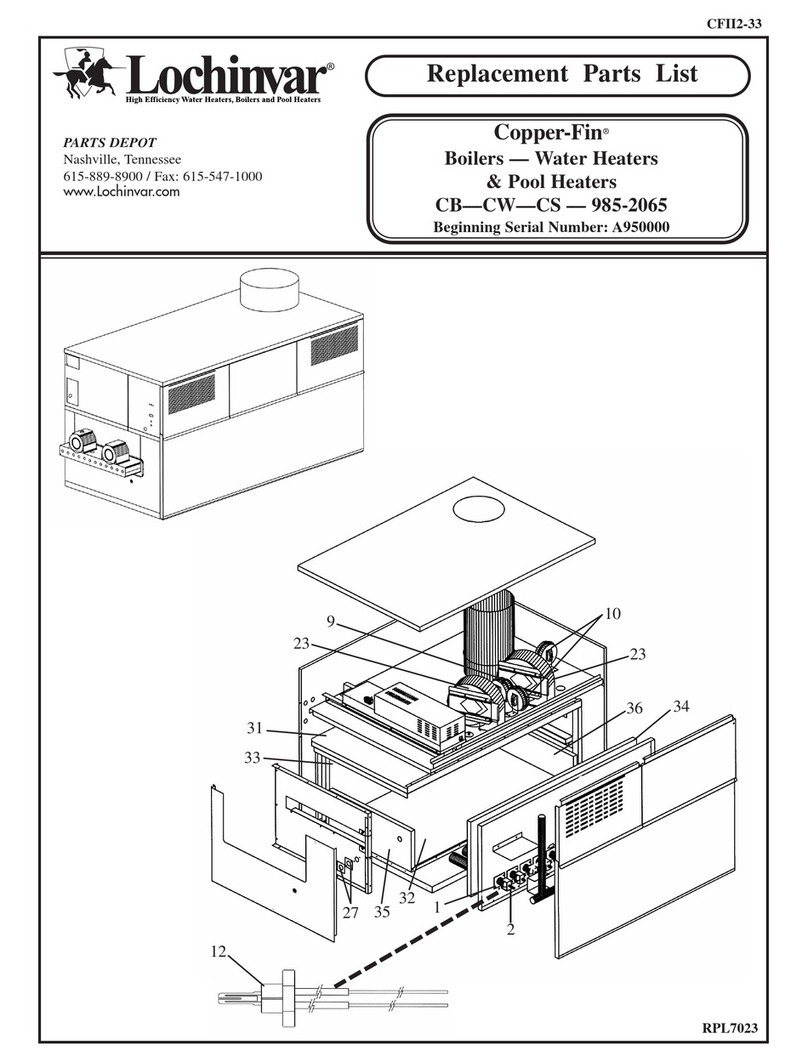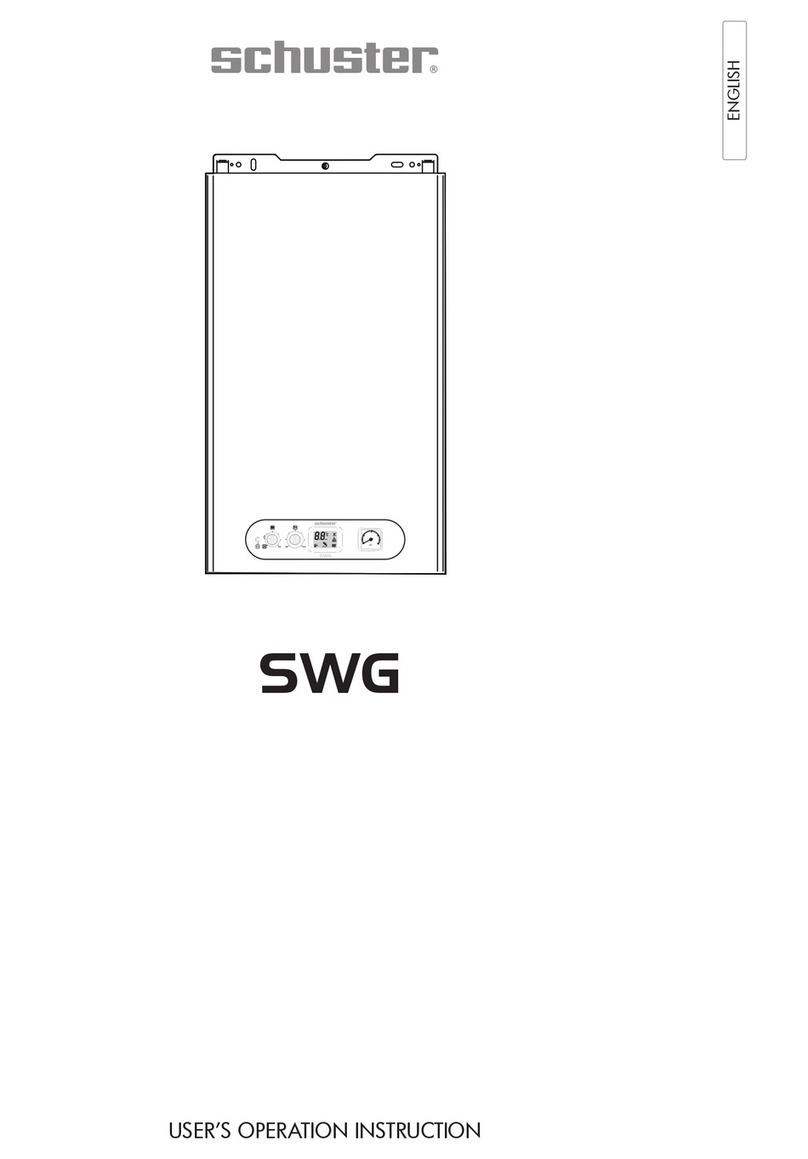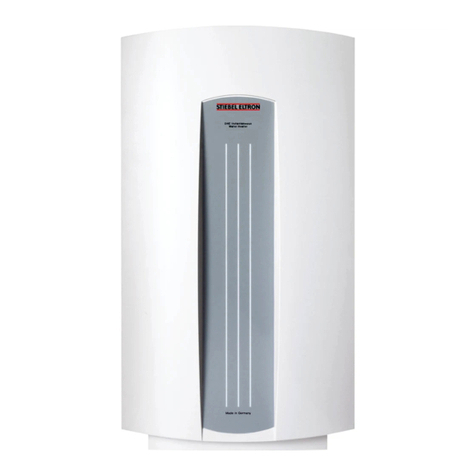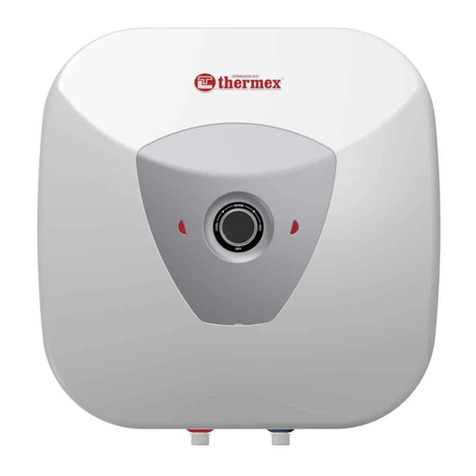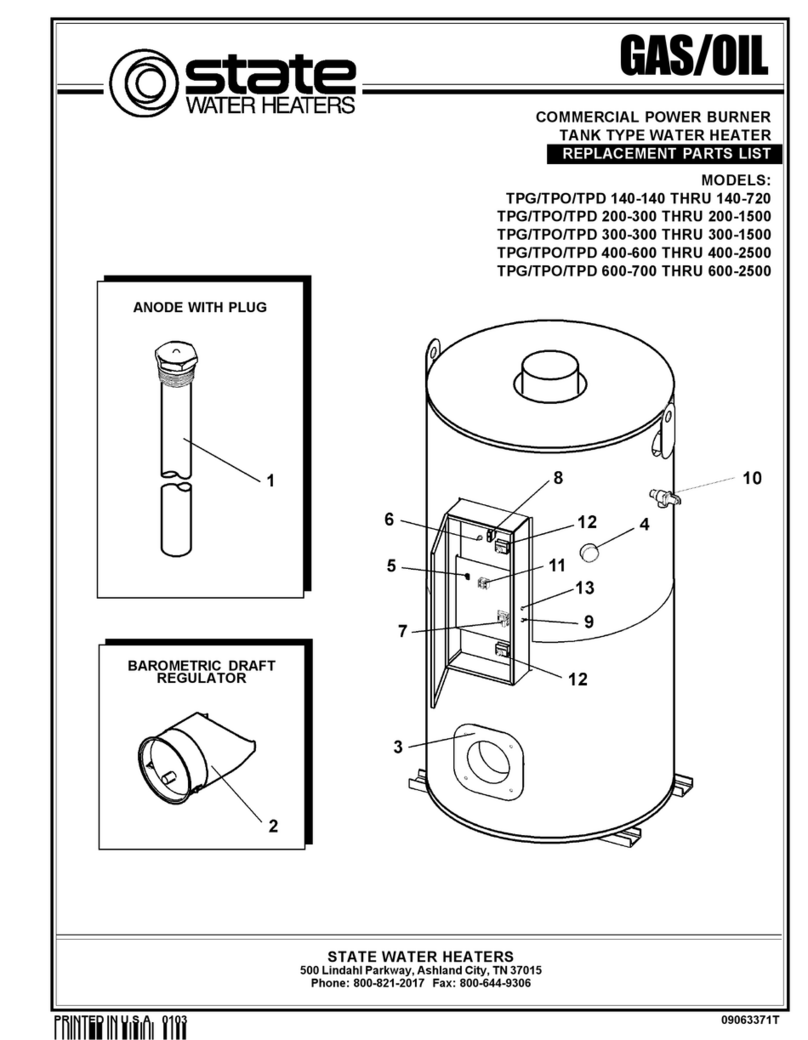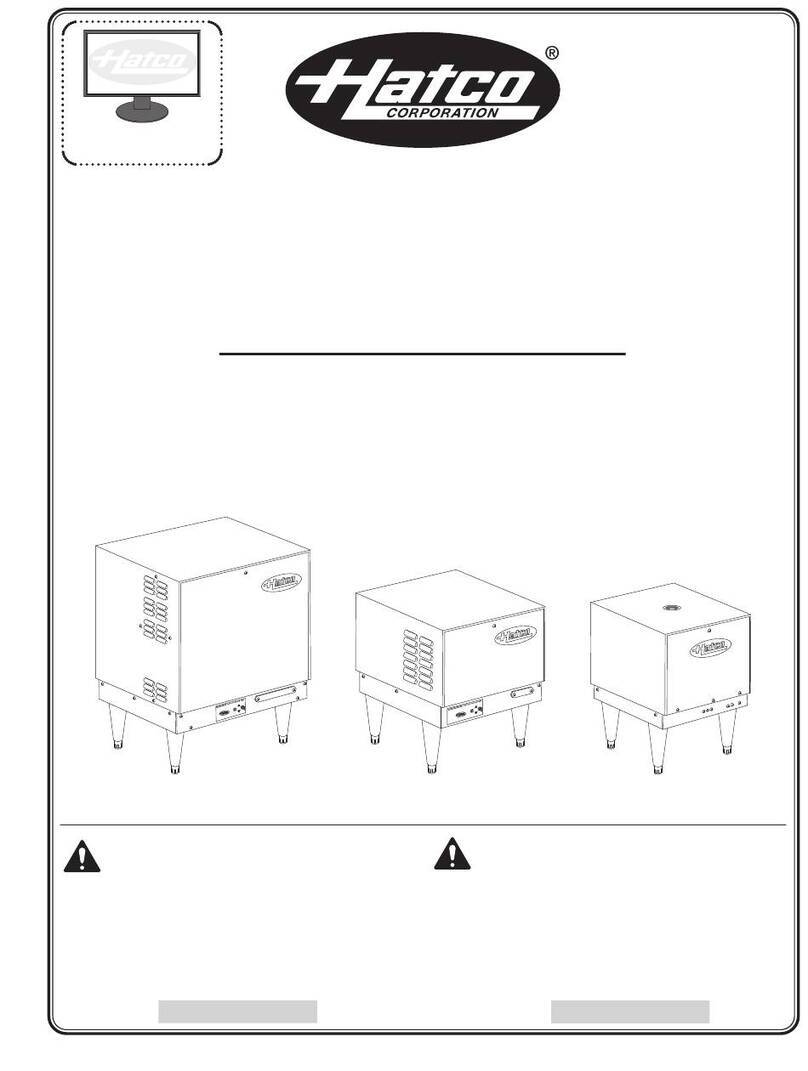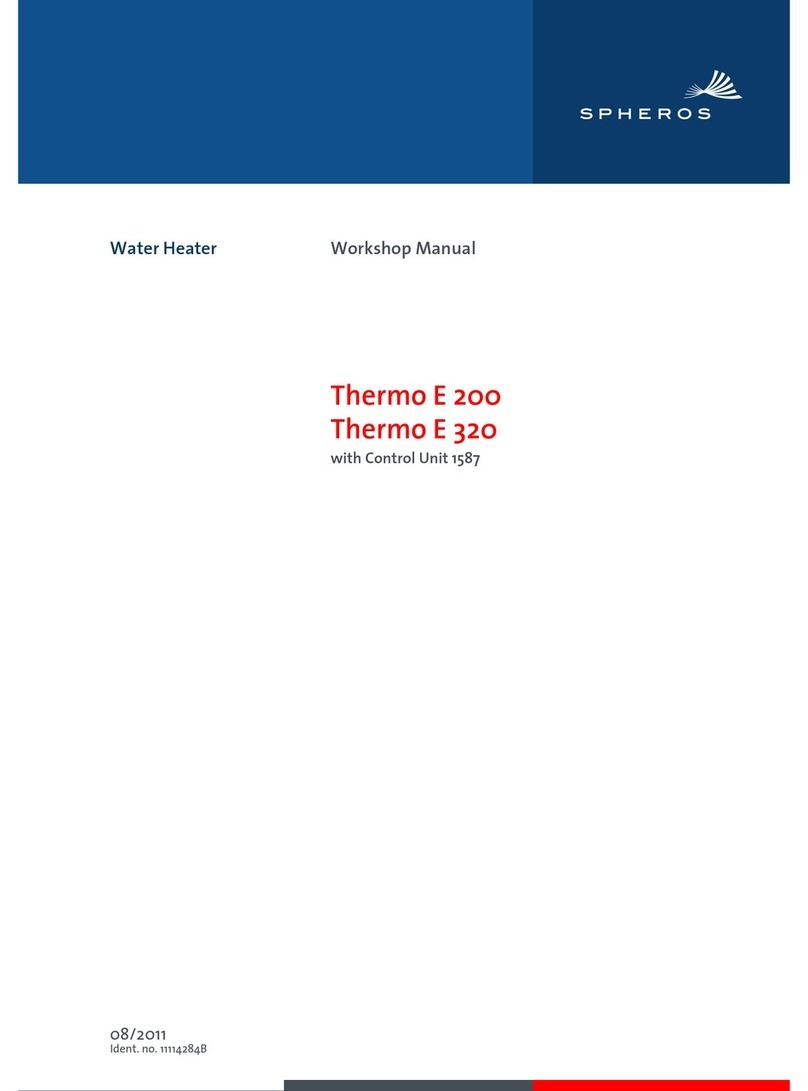1Introduction DBW 160 / 230 (2020) / 300 / 350
102
The heater may not be installed in the driver's or passen-
ger's compartments of vehicles. If the heater is neverthe-
less installed in such a compartment, the installation case
must be tightly sealed towards the vehicle interior. From
the outside, the installation case must be sufficiently
vented so that a maximum temperature of 85 °C in the in-
stallation case is not exceeded. If this temperature is ex-
ceeded, malfunctions may occur.
DANGER
Because of danger of poisoning and suffocation, the
heater must not, not even with a timer, be operated in
enclosed rooms such as garages or workshops
without exhaust-gas extraction systems.
Because of explosion hazard, the heater must be
switched off at filling stations and filling systems.
CAUTION
Wherever flammable fumes or dust can form (e.g.
near fuel, carbon, wood-dust, cereal storage sites or
similar), the heater must be switched off due to explo-
sion hazard.
The heater may not be operated in the vicinity of flam-
mablematerials, suchasdry grass,leaves,cardboard
boxes, paper etc.
In the vicinity of the control unit, an ambient temperature
of 110°C (storage temperature) must not be exceeded
(e.g. when paint work is carried out on the vehicle).
If the specified temperature is exceeded, permanent
damage to the electronics may occur. When checking the
coolant level, proceed according to the vehicle manufac-
turer's instructions. The coolant in the heating circuit must
contain at least 10% of a brand-name anti-freeze agent.
Additives in the heating circuit may not be aggressive
against metals, plastics and rubber and may not cause
any deposits.
The opening pressure in the vehicle cooling system -
usually indicated on the radiator cap – must range
between 0.4 and 2.0bar allowable working pressure (also
applies to separate heating circuits).
1.6 Legal requirements regarding the
installation
For installation, primarily the provisions of Annex VII to di-
rective ECE R122 must be observed.
NOTE:
The provisions of these directives are binding in the
area of application of the ECE directive and should
also be observed in countries without specific regula-
tions!
(Excerpt from directive ECE R122, Appendix VII)
7.1 A clearly visible operation indicator in the operator's
fieldofvisionmustinformabouttheheaterbeing switched
on or off.
Regulations regarding the installation in the vehicle
5.3.1 Area of application
5.3.1.1 As stipulated in Section 5.3.1.2, combustion
heaters must be installed according to the provisions of
Section 5.3.
5.3.1.2 In class-O vehicles with heaters for liquid fuel, it is
assumed that they comply with the provisions of Section
5.3.
5.3.2 Positioning of the heater
5.3.2.1 Parts of the vehicle body and other components
in the vicinity of the heater must be protected from exces-
sive heating and possible fuel or oil-induced soiling.
5.3.2.2 Even in the event of overheating, no fire hazard
may be caused by the combustion heater. This provision
is considered to be complied with if, duringinstallation, rel-
evant clearance to all components is maintained, suffi-
cient ventilation is provided for or fire-resistant materials
or heat shields have been used.
5.3.2.3 In class-M2 and M3 vehicles, the combustion
burnermaynot be located inthepassengercompartment.
Its installation in the passenger compartment is, however,
permissible when it is located in a properly sealed casing
which also complies with the provisions of Section 5.3.2.2.
5.3.2.4 The label named in Appendix 7, Section 1.4 or a
duplicate must be positioned to allow for easy reading
when the heater is installed in the vehicle.
5.3.2.5 The heater must be installed in a location where
the risk of injuring persons and damaging items carried is
as small as possible.
5.3.3 Fuel supply
5.3.3.1 The fuel-filler neck may not be located in the pas-
senger compartment and must be equipped with a tightly-
sealing cap which prevents fuel from escaping.
5.3.3.2 In heaters for liquid fuel, where the fuel supply is
separated from the vehicle's fuel supply, the type of fuel
and the filler neck must be clearly marked.
5.3.3.3 On the filler neck, a note must be visible, saying
that the heater must be switched off before refuelling it. A
corresponding instruction must also be included in the




















